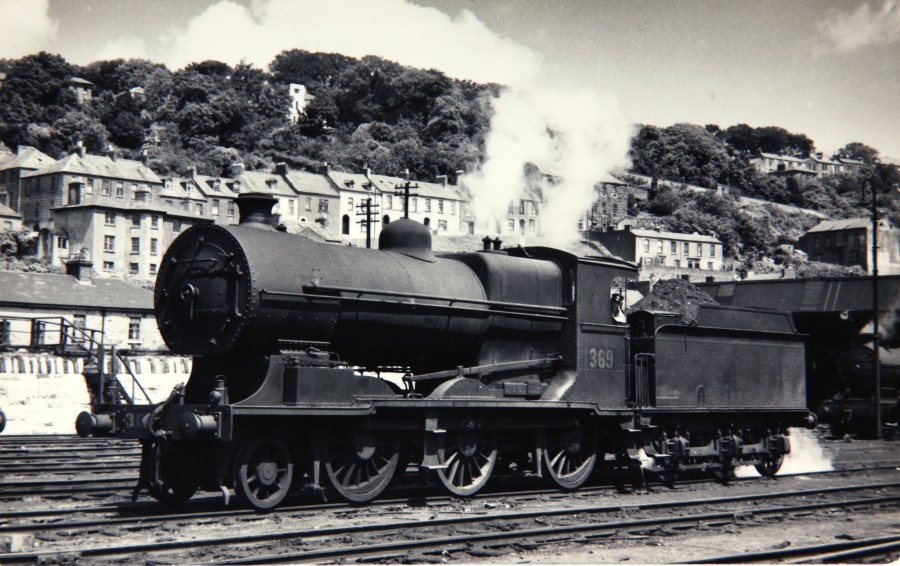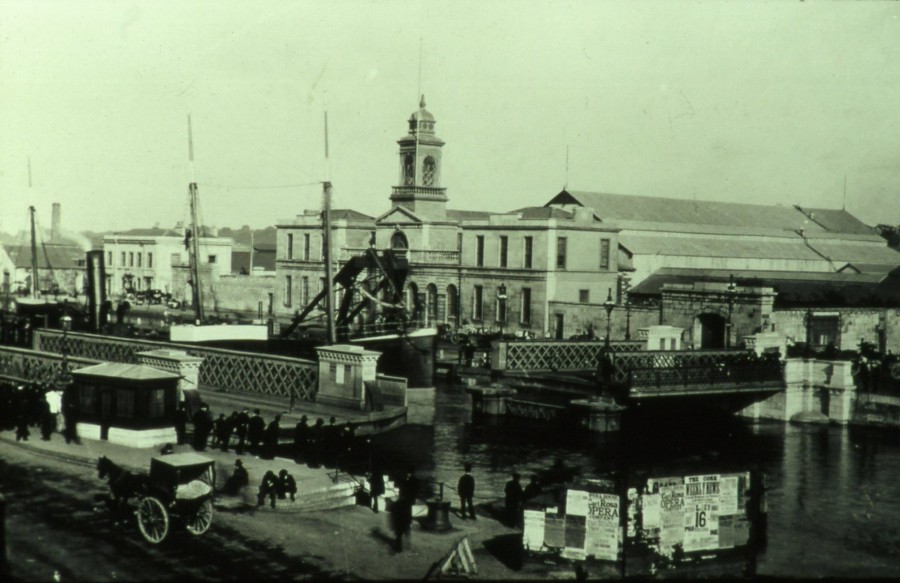Kieran’s Our City, Our Town Article
Cork Independent, 15 September 2016
Wages and the Cost of Living 1916
A general cry for more pay to meet the increased cost of living echoed across the local newspapers in September and autumn 1916. The Cork District Trades Council and Cork Labour and Trades Council were vocal in their calls for a wage, which could deal with living costs. Their archives highlighting these calls survive in the City and County Archives in Blackpool. The problems of importation due to war led to the shortage of food stuffs, which escalated the cost of food. Early in the month of September 1916, the National Union of Clerks arranged a series of conferences to be held throughout the country to voice the protest of clerical workers in salaried positions against the increasing cost of food. The Union pointed out that the average weekly wage-earner could, by organisation, secure a wages increase or a war bonus. However, the average salaried clerk was left with stationary wages and with little prospect of being able to properly survive, in view of the high cost of living.
In the first week of September, a mass meeting of railwaymen was held in the Mechanics’ Hall on Grattan Street for the purpose of considering the action of the Executive Committee of National Union of Railwaymen (NUR) in their demand for an increase of 10s per week for all railwaymen. The meeting, representative of all grades employed on the railways in Cork, directed the attention of all concerned to the high prices of food. The rank and file on the railways claimed it was impossible to provide from their earnings the bare necessities of life. They deemed that all reasonable and legitimate means had been exhausted to secure relief in the way of an increased weekly war bonus or additional wages, but without success. The railway companies declared it to be impossible to meet demands out of the then rates of ratepayers and revenues. In addition, they argued that they still suffered inequality of treatment compared with the men employed on the railways in Great Britain. They detailed that the Government had taken no effective steps to control or prevent the prevailing tendency of a still further rise in food prices. They wished to support the decision of the NUR in the demand for a 10s per week increase in wages.
On 16 September 1916 a special meeting of the Council of the Corporation of Cork was held to consider a report to the proposed grant of a war bonus to the labourers in the employment of the Corporation. The Town Clerk read a resolution sent by the Cork Consumers’ League asking the Corporation to grant a war bonus to its labourers. Members of the Council stated that the granting of the application would mean a further levying of 3.97d in the pound on the rates. Subsequent to the Council debate a 3s bonus per week for the duration of the war to corporation workers was agreed upon.
An editorial in the Cork Examiner on 20 September 1916 articulated the key concerns of businesses in the city and region. They claimed that the Westminster government could easily procure the necessary information as to how much tonnage was needed for the carriage of all food required in both import and export by the commerce of Great Britain and Ireland, or for the “carriage of certain necessaries of life”. Coal for instance was a commodity, which they believed could be considerably cheapened if the “Government dealt with it in a business-like manner”; the article continued; “The approach of the season when coal is used most extensively, owing to the long night and cold days, is looked forward to by the poor with feelings of dread, as the present prohibitive prices make coal a commodity. which is beyond the means of many”.
A good example of thinking ahead was the local flax growing industry. When Belgium was invaded by the German Army one of the best and most prolific flax markets in connection with the Irish Linen industry was cut off. This was a serious blow to one of Ireland’s greatest and most flourishing trades. However, the enterprising men at the head of these business were determined to do all in their power to minimise, as far as possible, the stoppage of the looms in the numerous factories. At once a scheme was devised to deal with difficulties. Part of this scheme was the revival of flax growing in the South of Ireland, and for this purpose a number of business linen leaders or what was deemed a “Fibrine Corporation” was established to assure the co-operation of a number of farmers in Munster.
Cork Corporation for their part supplied the seed and guaranteed to take the crop at £15 per acre with a 30s bonus if the crop was good. Under these conditions, about 250 acres were cultivated in the province. The Desmonds, who had a business on Pembroke Street, had a farm at Ballycurreen, not very far from the city. They not only planted 3 ½ acres but also undertook all the work in connection with distributing of the seed to other farmers free of cost. In the gathering in of the crop, they employed sixteen bands – men, women and boys.
Captions:
861a. Postcard of locomotive at Kent Station, early twentieth century (source: Cork City Museum)
861b. Cork City Hall and Anglesea swing Bridge, c.1910 (source: Cork City Library)

